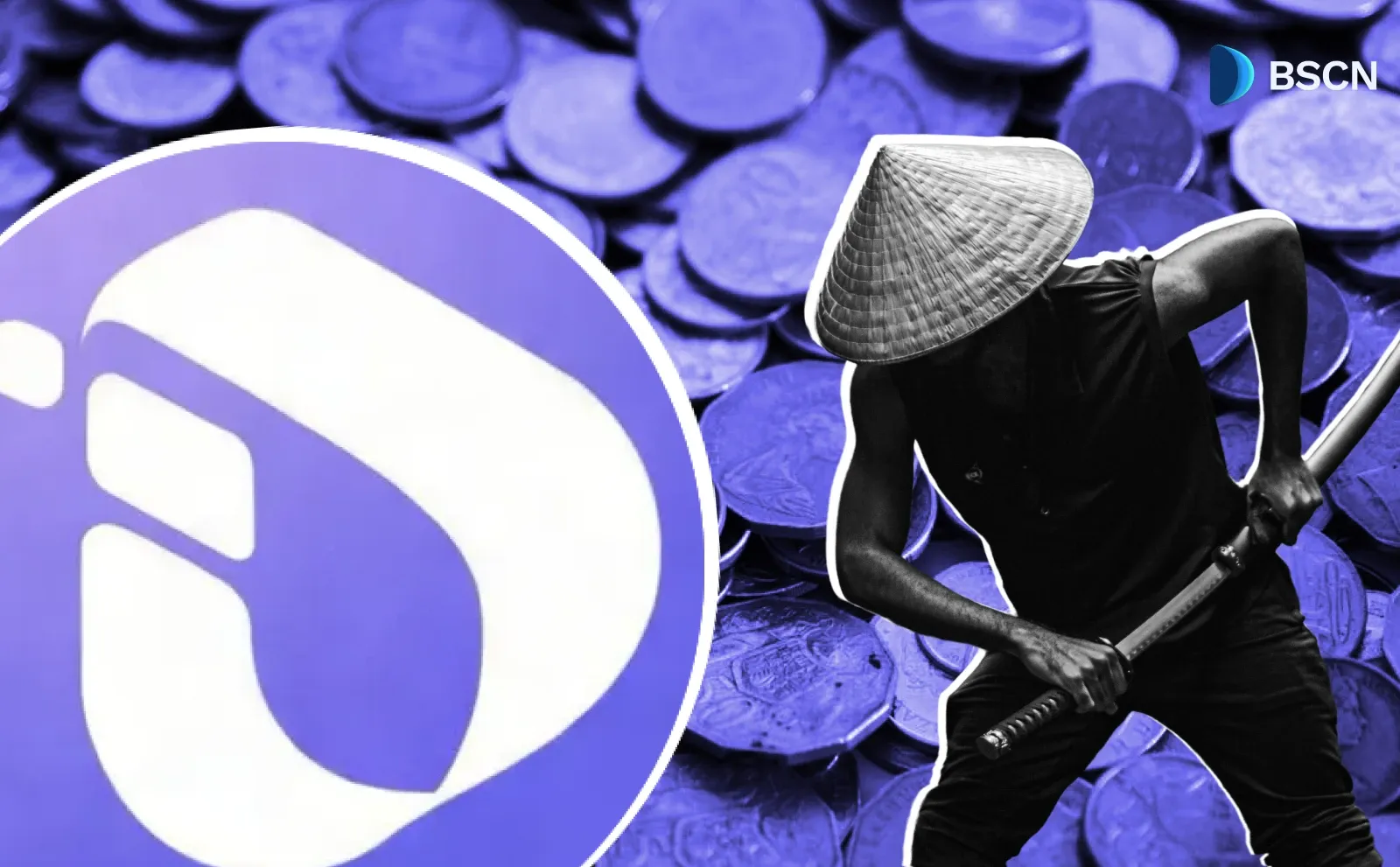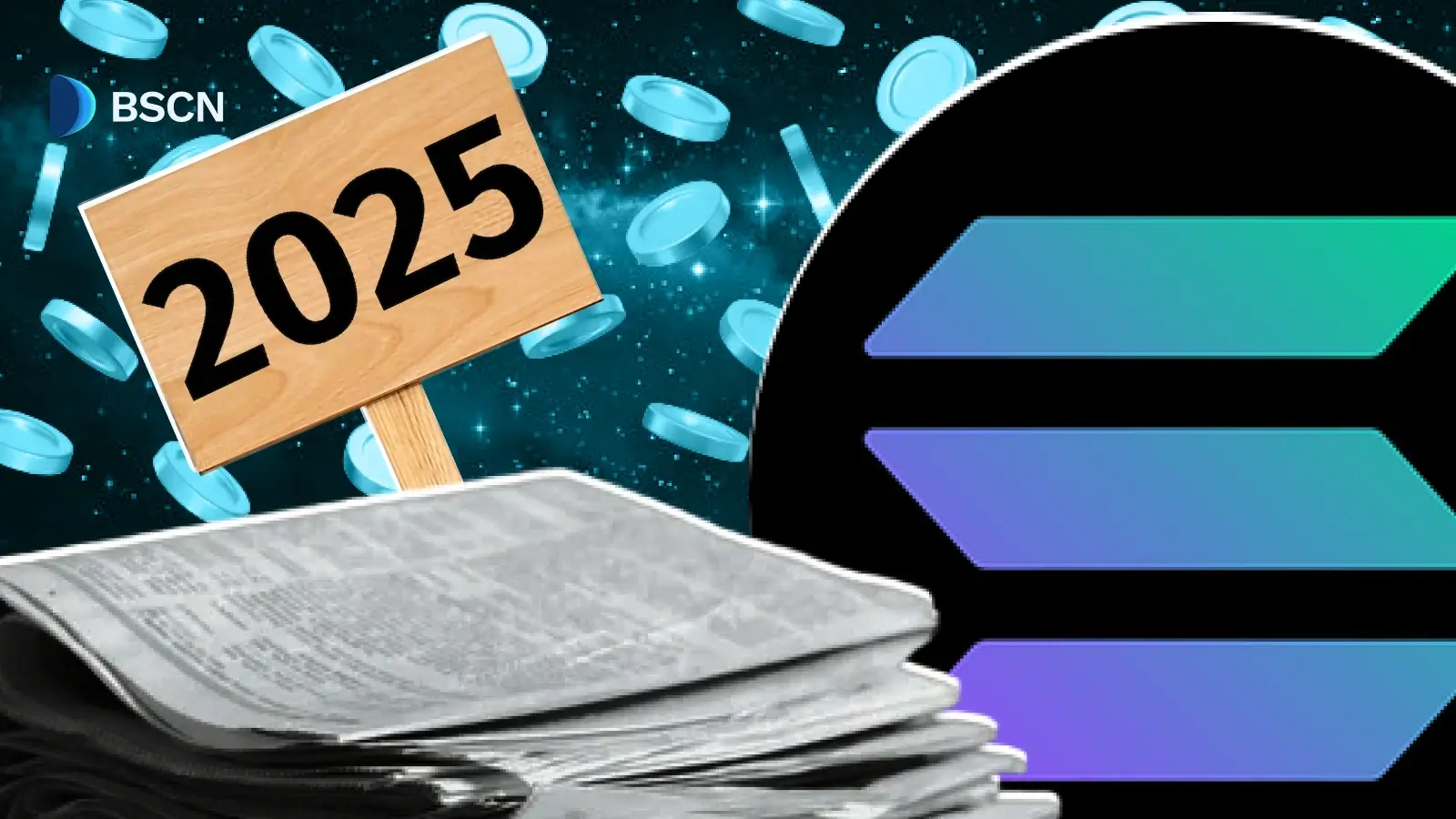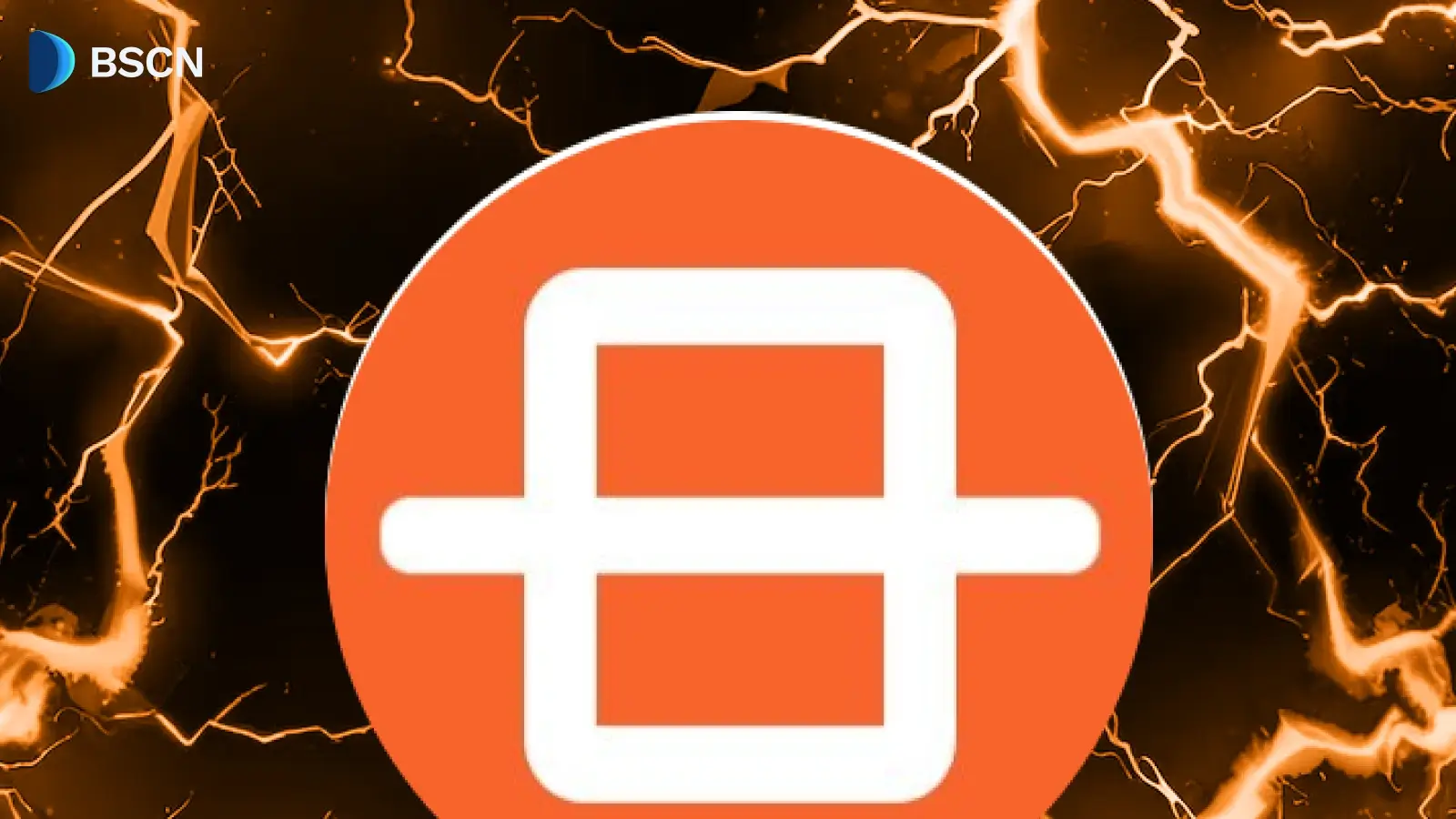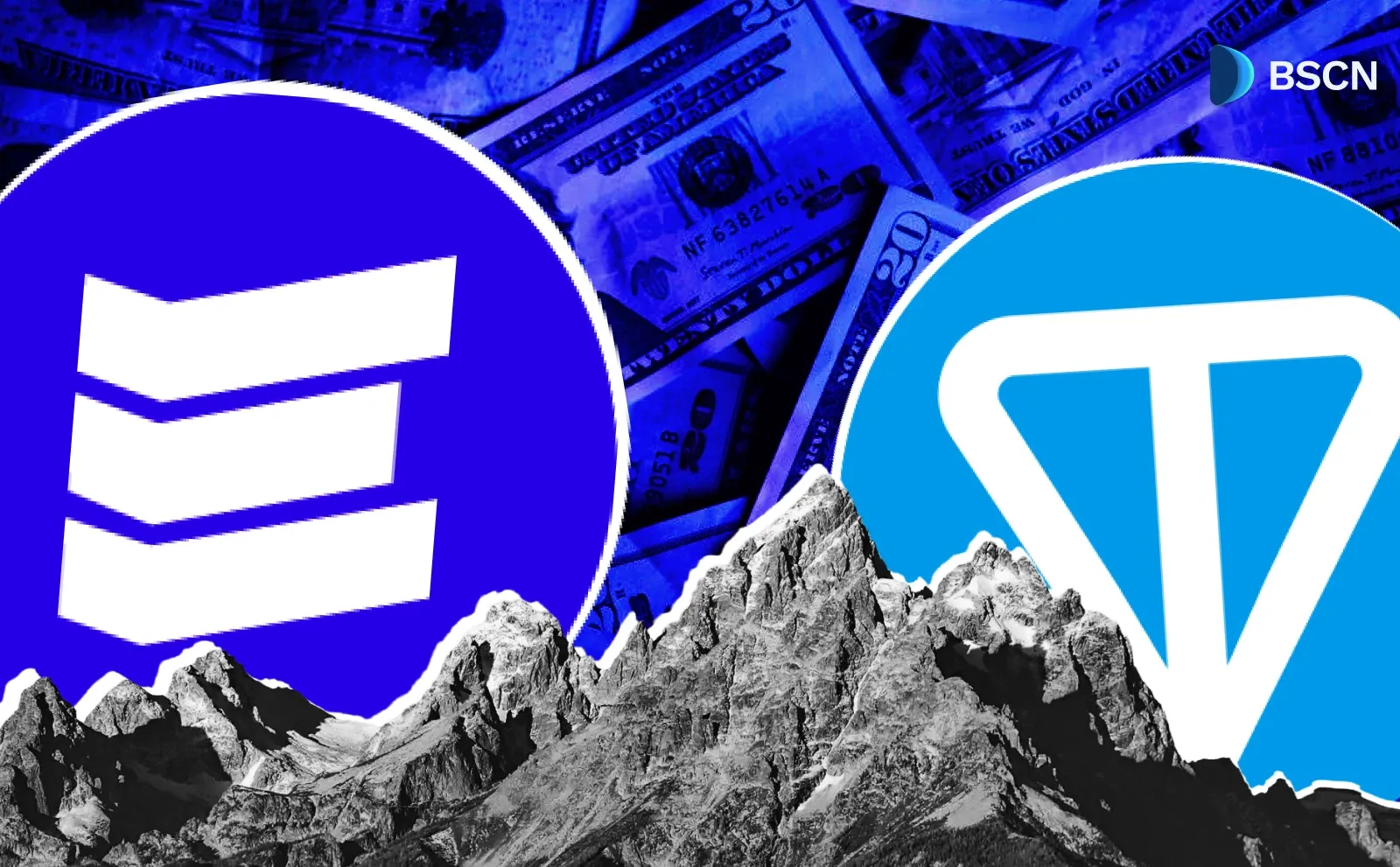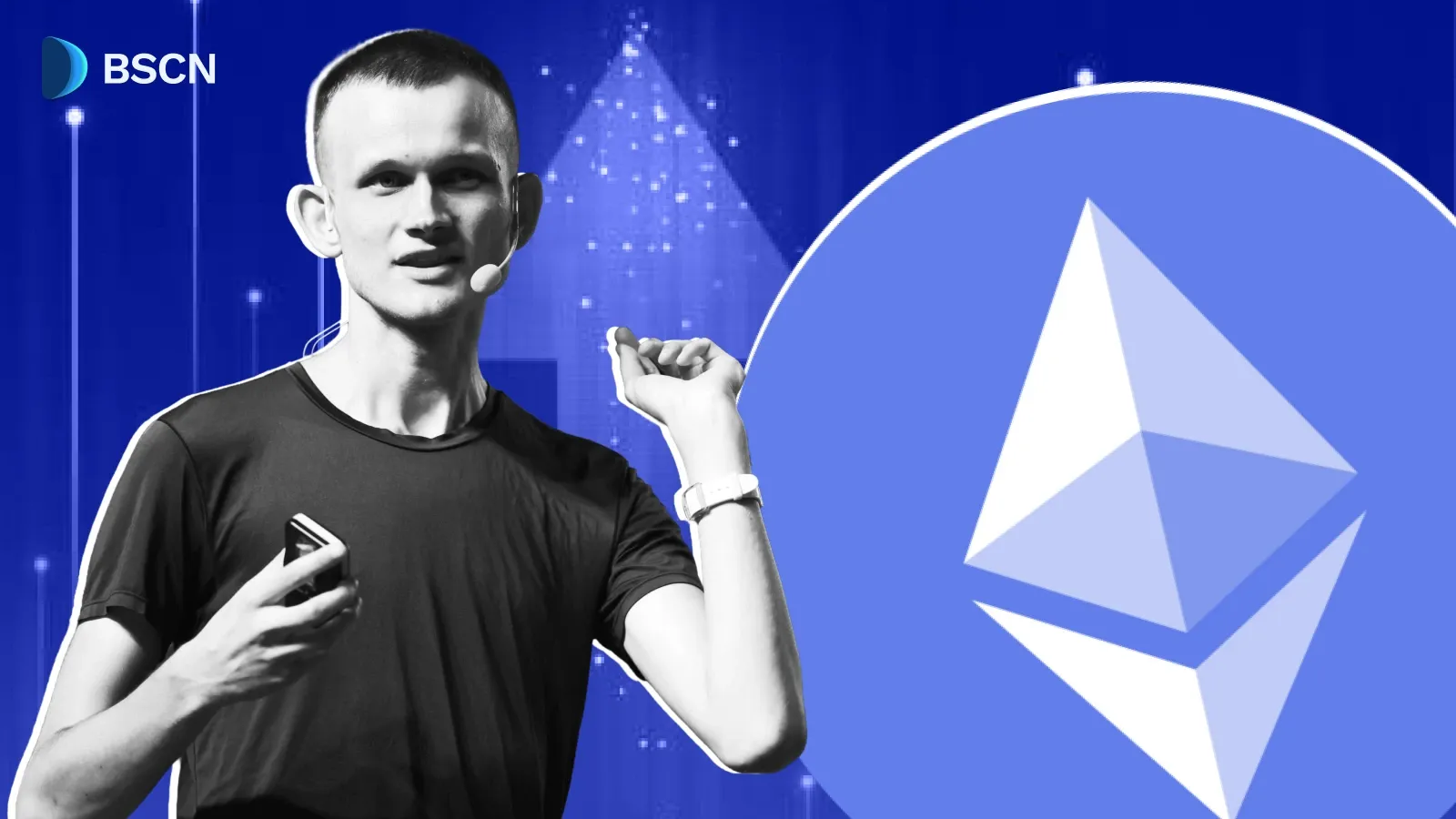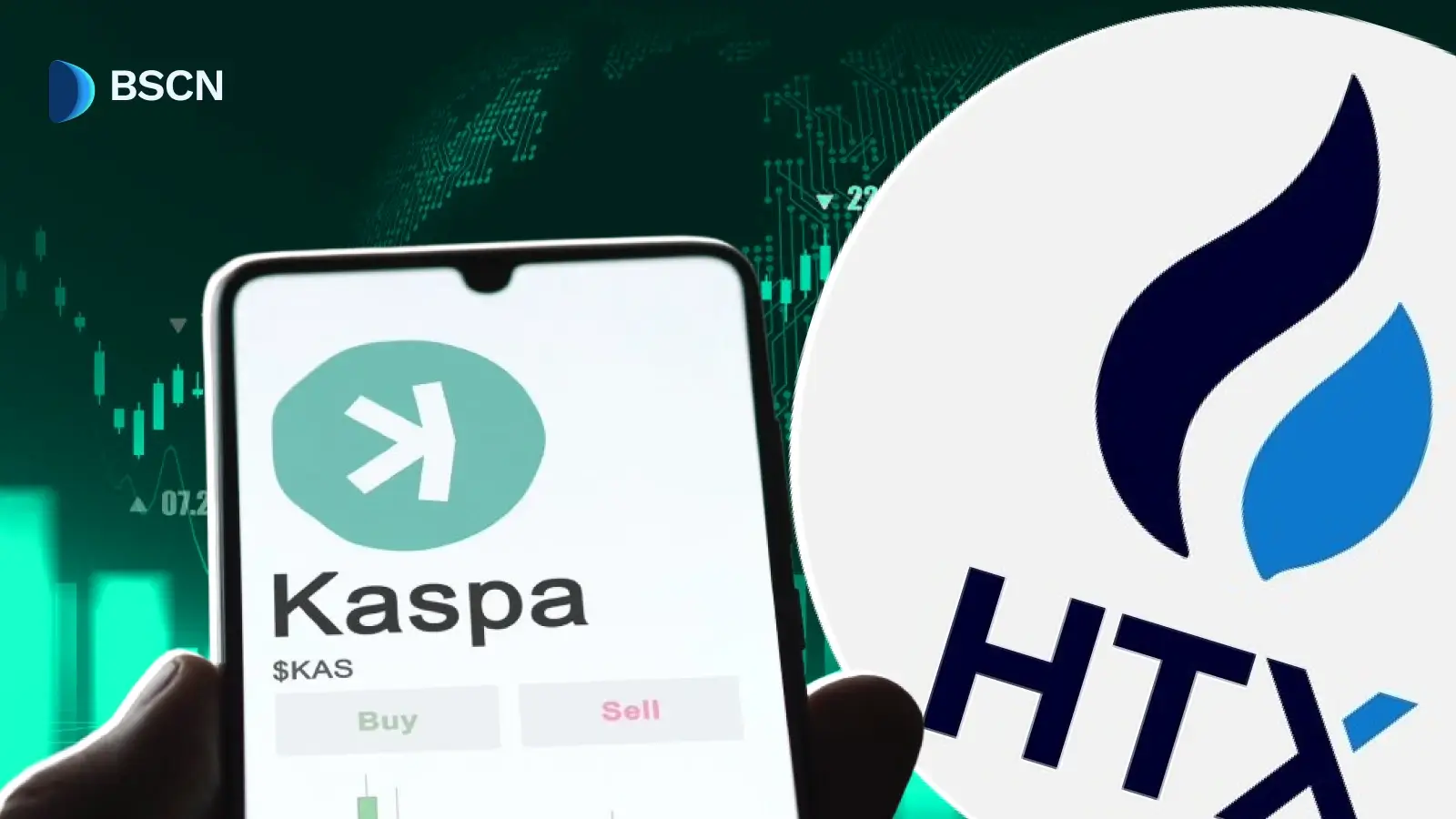Deepdive
(Advertisement)
Understanding the Ethereum Virtual Machine (EVM): A Comprehensive Guide

Discover the power of the Ethereum Virtual Machine (EVM) - the revolutionary technology behind smart contracts, decentralized applications, and blockchain innovation. Learn how EVM transforms digital interactions.
Crypto Rich
February 6, 2025
(Advertisement)
Table of Contents
Introduction
The Ethereum Virtual Machine (EVM) stands as a cornerstone of blockchain technology, representing a groundbreaking innovation that has redefined the potential of decentralized computing. This comprehensive guide will explore the intricacies of the EVM through several critical perspectives:
- Its fundamental technical architecture
- Historical development and evolution
- Transformative impact on digital interactions
- Potential future innovations
What is Ethereum?
Before diving into the EVM, it's crucial to understand its parent platform. Ethereum is a decentralized, open-source blockchain platform introduced by Vitalik Buterin, Gavin Wood, Charles Hoskinson, Anthony Di Iorio, and Joseph Lubin in 2015. Unlike Bitcoin, which primarily functions as a digital currency (ETH), Ethereum was designed as a comprehensive blockchain ecosystem capable of executing complex computations and supporting sophisticated applications.
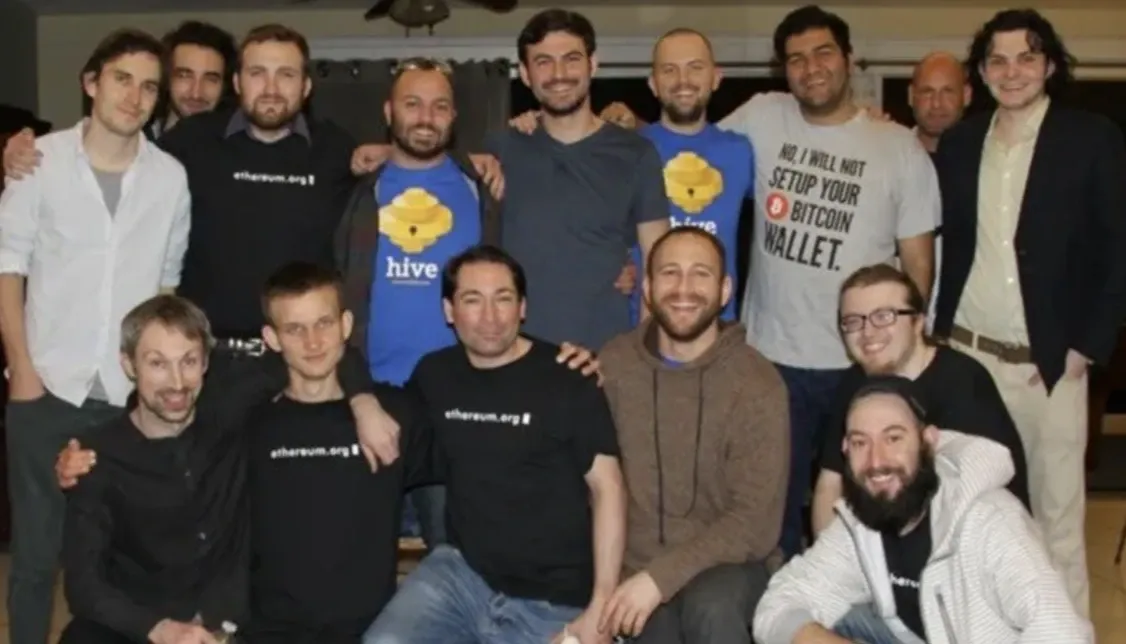
The Ethereum Virtual Machine: Technical Foundation
What is the EVM?
The Ethereum Virtual Machine (EVM) is a Turing-complete computational environment that serves as the runtime for smart contracts on the Ethereum network. It provides a critical infrastructure that enables decentralized computation, secure and transparent code execution, platform-independent smart contract deployment, and consistent execution across multiple network nodes.
Key Characteristics of EVM
The EVM's architecture is distinguished by several fundamental characteristics:
- Deterministic Execution: Ensures identical results across all network nodes
- Robust Isolation: Prevents smart contracts from interfering with each other
- Resource Metering: Uses gas to limit computational complexity and prevent infinite loops
- Stack-based Architecture: Manages computational states through an efficient memory model
Historical Development
The EVM emerged from Ethereum's vision to create a more versatile blockchain platform. Its development trajectory has been marked by significant milestones. The initial concept was proposed by Ethereum founders in 2014, with the first implementation launching alongside Ethereum's mainnet in 2015. A pivotal moment came in 2016 with the DAO hack, which led to substantial security improvements. From 2020 to 2022, the ecosystem has focused on ongoing optimization and scalability enhancements.
Smart Contracts: The EVM's Primary Use Case
Smart contracts are self-executing contracts with terms directly written into code. The EVM enables these contracts by providing a reliable execution environment, supporting multiple programming languages (with Solidity being the most popular), and ensuring tamper-proof and transparent contract execution.
These smart contracts find applications across various domains, including decentralized finance (DeFi) applications, automated insurance claims, supply chain management, asset tokenization, and the creation of decentralized autonomous organizations (DAOs).
Other Blockchains Utilizing EVM Compatibility
Several blockchain platforms have adopted EVM compatibility, such as Binance Smart Chain, Polygon, Avalanche, and Fantom. This compatibility allows developers to port Ethereum smart contracts across multiple platforms, significantly increasing interoperability and reducing development friction.
Alternative Smart Contract Platforms
While EVM dominates the smart contract landscape, other platforms offer unique approaches. Solana provides a high-performance blockchain with a distinct architecture, using a Proof of History (PoH) consensus mechanism and supporting smart contracts through the Rust programming language. It offers higher transaction speeds compared to EVM-based platforms and is designed for scalability and low transaction costs.
Other notable platforms include Cardano, which uses a Haskell-based smart contract language, Tezos with its OCaml-based development approach, and Algorand, which focuses on a pure proof-of-stake consensus mechanism.
Technical Challenges and Limitations
The EVM, despite its revolutionary capabilities, faces several technical challenges. Scalability remains a significant constraint, with high computational costs limiting its performance compared to traditional computing environments. Ongoing security vulnerabilities continue to demand constant attention and improvement from the blockchain community.
Future of EVM
The Ethereum ecosystem is advancing through several critical strategic developments:
Scaling Ethereum
Rollups represent a transformative scaling solution that batch transactions off-chain, significantly reducing costs for users. Proto-Danksharding is poised to address current data expense limitations, promising more efficient and cheaper transaction processing.
Enhanced Security
While Ethereum remains the most secure and decentralized smart-contract platform, ongoing improvements aim to further increase its resilience against potential future attacks. The focus is on maintaining and strengthening Ethereum's robust security architecture.
Improving User Experience
Mass adoption requires dramatically lowering entry barriers. The goal is to provide users with the benefits of decentralized, permissionless, and censorship-resistant access while creating an experience as seamless and intuitive as traditional web2 applications.
Quantum Resistance
Future upgrades are designed to future-proof Ethereum, ensuring the platform remains resilient and adaptable to emerging technological challenges, including potential quantum computing threats.
These strategic initiatives position Ethereum to maintain its leadership in blockchain technology, addressing current limitations while preparing for future technological landscapes.

For more information, visit the Ethereum roadmap.
Conclusion
The Ethereum Virtual Machine represents a pivotal innovation in blockchain technology, enabling a new paradigm of decentralized computing. As the ecosystem continues to mature, the EVM will likely play an increasingly critical role in reshaping digital interactions, financial systems, and computational frameworks.
Read Next...
Disclaimer
Disclaimer: The views expressed in this article do not necessarily represent the views of BSCN. The information provided in this article is for educational and entertainment purposes only and should not be construed as investment advice, or advice of any kind. BSCN assumes no responsibility for any investment decisions made based on the information provided in this article. If you believe that the article should be amended, please reach out to the BSCN team by emailing [email protected].
Author
 Crypto Rich
Crypto RichRich has been researching cryptocurrency and blockchain technology for eight years and has served as a senior analyst at BSCN since its founding in 2020. He focuses on fundamental analysis of early-stage crypto projects and tokens and has published in-depth research reports on over 200 emerging protocols. Rich also writes about broader technology and scientific trends and maintains active involvement in the crypto community through X/Twitter Spaces, and leading industry events.
(Advertisement)
Latest News
(Advertisement)
Crypto Project & Token Reviews
Project & Token Reviews
Comprehensive reviews of crypto's most interesting projects and assets
Learn about the hottest projects & tokens
Latest Crypto News
Get up to date with the latest crypto news stories and events





